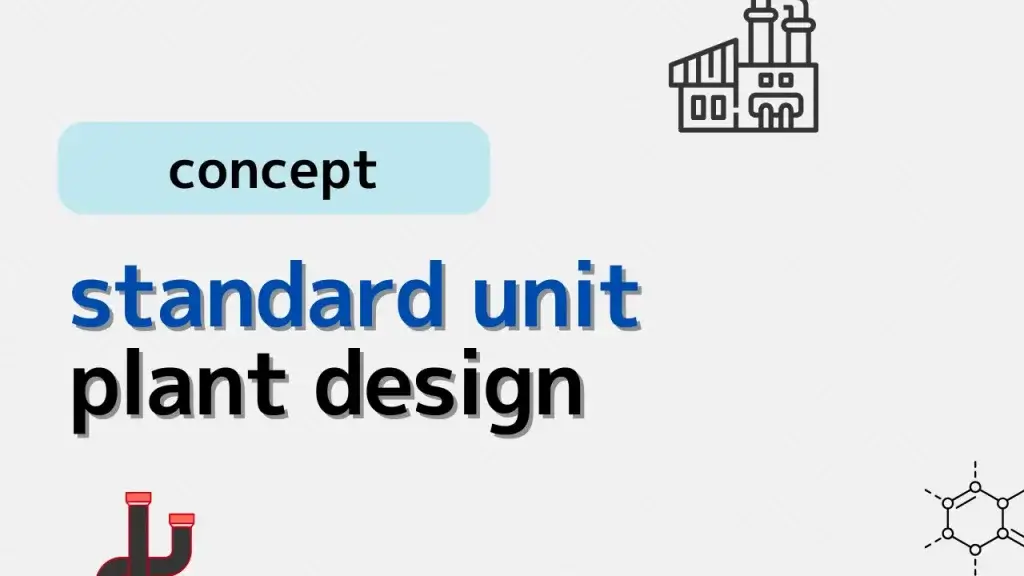Have you ever been stuck redoing the same design task over and over, with small differences each time? In industrial equipment design, this happens more often than it should.
Systematizing and standardizing design work isn’t just about saving time—it’s about reducing mistakes, improving safety, and building scalable solutions. This article explores what systematization really means, how it differs from standardization, and how both approaches can make your engineering process more efficient.
Introducing articles from plantengineering.com.
In the past, when designing batch chemical plants, there was a trend that each and every design had to be original.
At my workplace, no one has an opinion on this issue now, but my opinion is that you should not be original.
Reduce design costs
Batch chemical plants are made up of multiple units, with reactors, heat exchangers, and pumps considered as one unit.
It is common to design each of these devices individually and determine their layout and piping.
However, this can be standardized to a certain extent.
Once standardization is achieved, it is possible to significantly reduce design costs.
The question is how to proceed with standardization. In this sense, smaller plants are more advantageous.
Reduce maintenance costs
When a plant is standardized, the equipment that makes it up is also automatically standardized.
If multiple units of the same equipment are deployed, the number of spare parts can be reduced, leading to cost savings.
If each unit is individually designed, there is a possibility that the specifications will be slightly different, and separate spare parts will have to be secured.
We want to aim for overall optimization.
Technology is not advancing
There is little hope that the technology of the equipment will change significantly.
In this situation, it is more important to design equipment to reduce the costs of using it for a long time than to design equipment to increase its lifespan.
It is expected that designers will become unnecessary if the design is standardized, but designers are still necessary to create and improve the system.
Conclusion
Systematization and standardization aren’t just buzzwords—they’re practical tools that make your design work faster, safer, and more scalable. Whether you’re designing pumps, tanks, or instrumentation layouts, thinking in systems and standards is one of the best ways to improve both productivity and quality.
